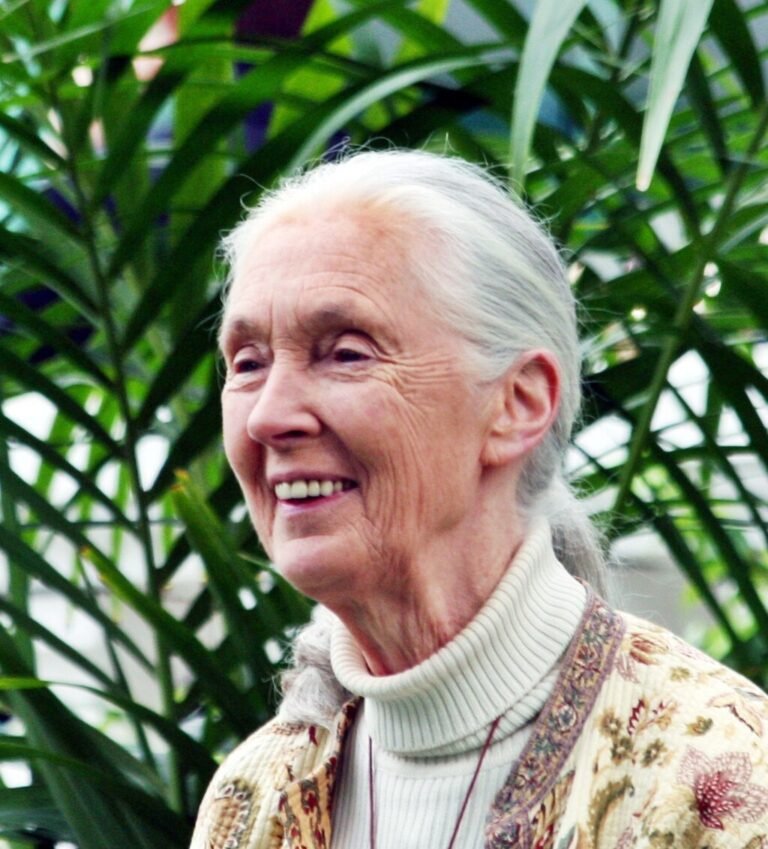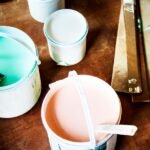Sea Stars Solved — What it Means for Coastal Food Webs
After more than a decade of mystery, scientists now say they’ve found the main cause of the mass die-off that turned starfish into piles of goo along the northeast Pacific coast. The team identified a strain of the bacterium Vibrio pectenicida (strain FHCF-3) as the agent that causes sea star wasting disease in sunflower sea stars and many related species. According to the paper published in Nature Ecology & Evolution (2025), researchers detected large amounts of this bacterium in the “blood” (coelomic fluid) of sick animals and then reproduced the disease by introducing cultured bacteria into healthy sea stars in lab conditions.
This is big because for years the leading guess was a virus, or a complex mix of microbes and environmental stress. The new study included field samples, DNA sequencing, and controlled transmission trials that together meet the classic criteria for proving a pathogen causes a disease. The announcement comes after teams in Canada and the U.S. compared healthy animals with infected ones and found one clear difference in the coelomic fluid: a heavy Vibrio signal. When researchers grew that bacterium in pure culture and injected it into healthy sunflower stars, the animals developed the same lesions, lost arms and “melted” within days — confirming cause and effect. A news release from the University of British Columbia reported the lab confirmations and quoted the lead researchers describing the discovery as the end of a long search.
Estimates suggest that billions of sunflower sea stars and other affected species were lost along the Pacific coast in what scientists describe as the largest known epidemic to strike a free-living marine invertebrate. According to the Associated Press, more than five billion sea stars were affected during the wave of mortality that began in 2013 and continued in pulses thereafter. That scale explains why the search for a single cause—if indeed there was one—was so urgent.

In This Article
- What it Means for Coastal Food Webs
- Voices From the Coast and the Lab
- What Comes Next — Recovery and Action
What it Means for Coastal Food Webs
Sunflower sea stars were giant, fast predators. Where they were abundant, they kept sea urchin numbers low by feeding on them. Without that pressure, purple and red urchins multiplied, grazing kelp forests down to bare rock and creating so-called “urchin barrens.” This shift from a rich, layered kelp forest to an empty urchin-dominated seascape has huge ripple effects: kelp provides nursery habitat and food for many fish and invertebrates, stores carbon, and supports local fisheries and tourism.
Satellites and field studies documented the collapse. A NASA Landsat analysis found that in parts of Northern California, kelp canopy cover fell by more than 95% after the combined effect of the 2013–2015 marine heat events and the sea star losses; researchers there concluded the removal of sunflower stars made the kelp system far less resilient to those warm years. The result was a patchy but dramatic conversion of productive kelp forest into urchin-dominated seafloor — and the local economic and ecological consequences were immediate.
Below is a short, simple table showing the most commonly reported figures policymakers and researchers refer to when talking about the crash and its ecological knock-on effects. These are summary figures drawn from the scientific literature and major news reports; they’re intended to give a clear sense of scale.
| Metric | Typical value cited | Source (year) |
|---|---|---|
| Estimated sea stars lost (sunflower + other species) | ~5 billion | AP News (2025). |
| Sunflower sea star population decline | >90% across much of range | UBC / UW research releases (2025). |
| Northern California kelp canopy decline (selected coastlines) | >95% loss in worst areas | NASA Landsat analysis (2021). |
| Time from first lesions to death in lab infections | ~days to 2 weeks | Nature Ecology & Evolution study (2025). |
These numbers help explain why communities from fishers to conservation groups sprang into action: when kelp disappears, fisheries that depend on kelp-supported species (like abalone and some urchin fisheries) can collapse; coastal tourism and Indigenous food traditions are affected too.
Voices From the Coast and the Lab
This story has been told both in the lab and on the shore. In research labs, scientists who followed these animals for years described a draining emotional toll when they watched populations vanish. According to the University of Washington News, Drew Harvell, a long-time disease ecologist who worked on the study, called the discovery “the discovery of the decade” — not because it is an end in itself, but because knowing the cause finally opens a path to solutions. Grace Crandall, a doctoral student who monitored animals closely through the experiments, said participating in the work was “a dream come true” that mixed childhood fascination with sea stars and a real chance to help a collapsing species recover.
Along the coast, kelp restoration volunteers and shellfishers have real, lived stories about how the landscape changed. In Northern California and parts of Oregon, fishers watched once-productive kelp beds shrink and urchin numbers explode. Community groups responded with hands-on actions: divers remove urchins by hand, trial planting of lab-grown kelp has begun, and sea-star nurseries have been set up in aquaria to try to breed resistant lines. These are pragmatic, gritty responses born of both necessity and hope — they show communities trying to stitch ecosystems back together while researchers look for longer-term options. For example, captive-breeding programs and genetic studies are already being planned to find individuals that might resist the bacterium or tolerate warmer water.
Experts are careful, too: while the discovery of Vibrio pectenicida gives a target, it doesn’t instantly restore kelp. The environment matters: Vibrio species are known to grow better in warmer water, and researchers report that the disease acts more quickly and seriously where waters are warmer. That means climate-driven changes in ocean temperature can make disease outbreaks worse or more frequent. The labs that proved the bacterium’s role now aim to study how temperature, nutrition and other stresses change vulnerability — because the pathogen and the environment together shape outcomes.

What Comes Next — Recovery and Action
Now that scientists have an identified culprit, the conversation shifts from diagnosis to treatment, prevention, and active recovery. Knowing the pathogen means researchers can screen wild animals for its presence, try treatments in captive populations, and design breeding programs to favour disease resistance. It also means managers can prioritise actions in places where reducing other stresses (for example, by protecting cool, nutrient-rich upwelling areas) might give sea stars a better chance.
Practical steps are already being discussed or piloted: captive-breeding and release trials; targeted urchin removal to give kelp a foothold; monitoring programs that combine diver surveys with DNA-based screening of seawater; and research into probiotics or other biological controls that might protect vulnerable animals in the wild. The Nature Conservancy, university labs, government agencies and non-profits are talking about coordinated recovery experiments, and many groups underline that success will require working across government, First Nations and fishing communities. UBC NewsUSGS
What individuals can do is limited but meaningful. If you dive or collect tidepool data, report sick or healthy sea stars to regional monitoring programs; avoid moving sea life between regions (which can spread pathogens); and support local kelp restoration or urchin-removal projects. For policymakers, the message is clearer: mitigate climate change, protect cool upwelling zones where kelp can regrow, fund long-term monitoring and invest in captive-breeding programs that pair careful science with local knowledge.
This discovery is not a magic wand. But it is a crucial turning point. Pinpointing a pathogen gives researchers the tools to test targeted fixes and to better predict when and where outbreaks may flare. It also reminds us, starkly, that species we take for granted — the quiet predators of the seafloor — can have outsized roles in keeping whole coastal systems healthy. Recovering those systems will take science, money, and years of steady work, and it will require local communities to stay involved every step of the way.







